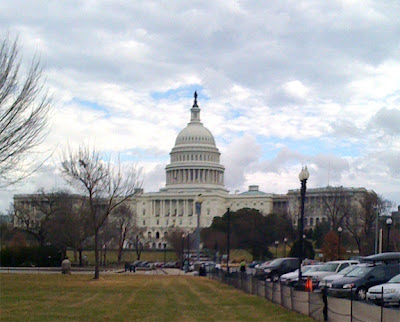 |
| The Bank of Dad |
In an article by Eliot Brown (GO HERE) posted
in his Wall Street Journal blog, Report: In D.C. Area, Developers Flock to ‘Walkable
Urban’, he discusses a report by the noted urban theorist, developer, and professor
Christopher Leinberger. Leinberger's report offers that much of the success and growth
of new development in the DC area is due to their walkable nature. Numbers are
thrown about, percentages noted, results tabulated.
Brown notes Leinberger’s comment: “That’s the market
telling you, dramatically, build more of this stuff. There’s pent-up demand for
walkable urban.” So walkable communities are the future in urban planning, and
this conclusion is based on the growth in Washington D.C. Damn, I wish I’d have paid more
attention in class.
What drives Leinberger’s conclusion is the newish term Walk Score. The link opens a convenient web site that lists
walkable cities and how the numbers are totaled. It’s comforting to know that
New York is the most walkable American city, never would have thought that.
Washington is seventh, Oakland Ca. is tenth. The site notes that of the top
fifty, Jacksonville, Florida is last. And there are a lot of cities between NYC and
Jacksonville. To me this is like listing cities and their restaurants and making a
livability comparison. And depending on the time of the year, what’s walkable in
the summer in Phoenix and Mesa, Arizona, Las Vegas or even Jacksonville? And
Minneapolis in the dead of January – it makes you wonder. The rankings are all
scientifically deduced, yet how real can they really be.
I just love these ranking systems. Sometimes they make you scratch
your head: ‘Most Livable Cities,’ the ‘Most Family Friendly Cities,’ the ‘Cities
with the Most Bike Racks,’ and how about ‘Cities that Cause the Most Fat People,’
(I made up the last two, maybe). Lists, I think, are more about American’s love
of keeping score than really producing a usable product.
Anyway, in most of these designated cities no one would voluntarily
walk from one neighborhood to another (beyond a few blocks). And beyond walking
to the corner store or bodega or Starbucks, they will drive to get what they
need to fix up their apartment or house or shop for more than just their next
meal. There may be a few with excellent transit systems (like New York and San Francisco),
but beyond just a few cities, walkability is just a cute phrase. Means nothing.
At Mr. Leinberger’s web site LOCUS, there are all sorts
of interesting agendas on their opening page, “…change federal and state policy,…policy
is set and funds (your tax monies - my comment) allocated,…are sustainable for the
environment, the economy and their bottom line.” In almost all instances (GO HERE) he
declares we can be saved by more involvement of federal programs, tax
subsidies, and loan guarantees. I would offer that many of the problems in the
development industry today are directly connected to “involvement” of the feds
in the development industry, such as the loan requirements by the feds through
laws enacted by congress. And you can include the federal reserve, inflation,
and too much cheap money as a few more of the culprits in this mess. And not to
mention state regulations.
Sure Washington D.C. is a poster child for walkable
communities. But I would offer that this walkable urban growth in DC (see this article) is not a result of some dreamy eyed urbanista
wanting the good life in Washington, it has more to do with the
billions of American tax dollars, the billions and billions in federal deficit dollars, and special interest dollars
being pumped into this city through government agencies, lobbyists, defense and
social contractors, and other similar folks. To repurpose Willie Sutton's phrase as to why he robs banks, “Walkablity, it’s where the money is.”
Stay Tuned . . . .

No comments:
Post a Comment